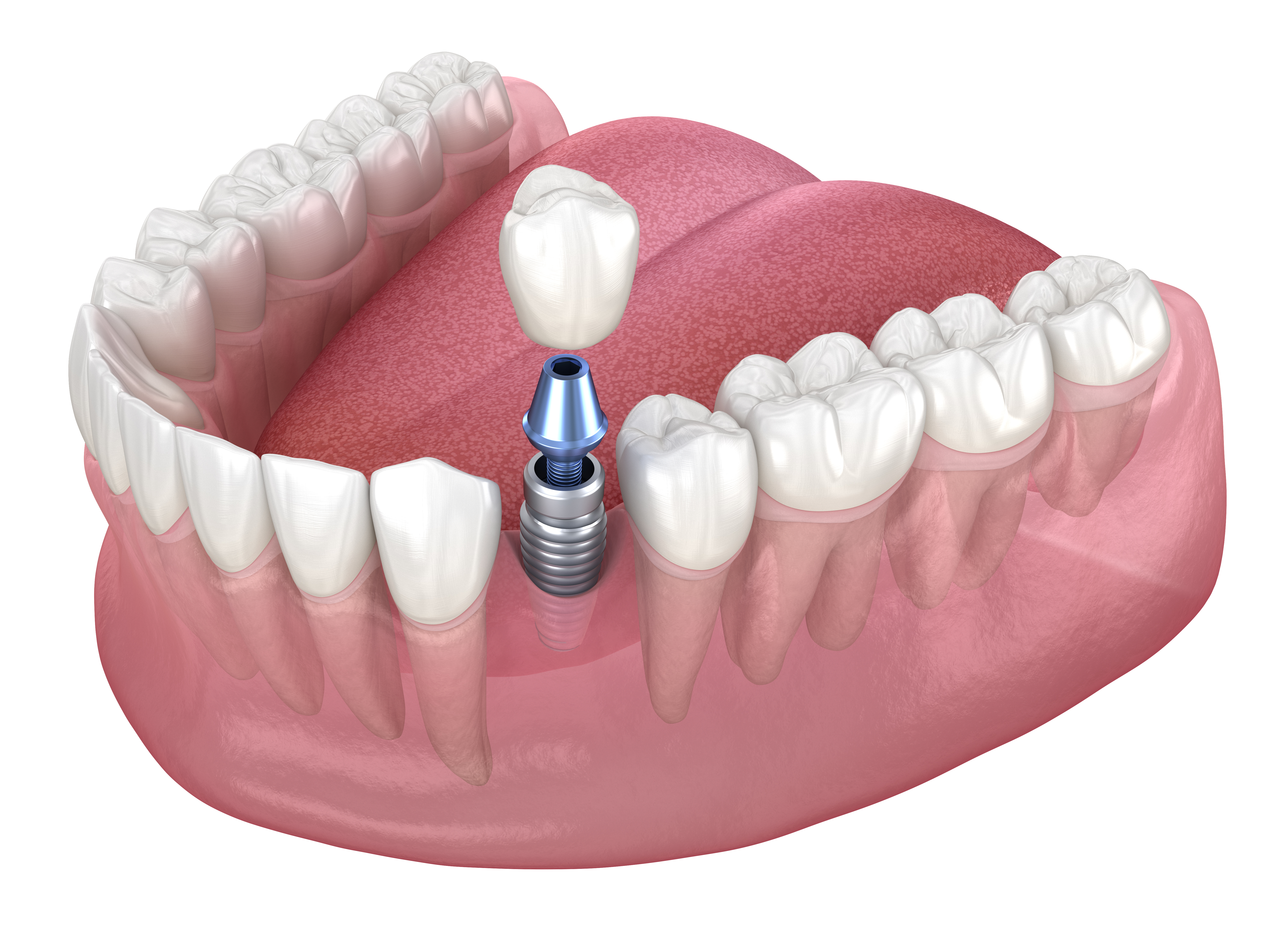Find the Right Car Insurance Today
Car insurance is a critical financial safeguard that protects drivers from potential financial disaster following accidents or vehicle damage. With countless providers offering various coverage options at different price points, finding the right policy can feel overwhelming. Understanding the fundamentals of car insurance—from basic coverage types to factors affecting premiums—can help you make an informed decision that balances comprehensive protection with affordability. This guide explores everything you need to know to select the best car insurance policy for your specific situation.

Choosing Car Insurance: Understanding Your Options
Selecting the right car insurance begins with understanding the different types of coverage available. Liability coverage, which is mandatory in most states, pays for damages you cause to others in an accident. Comprehensive coverage protects against non-collision incidents like theft, vandalism, and natural disasters, while collision coverage pays for repairs to your vehicle after an accident regardless of fault.
Beyond these standard options, you might consider uninsured/underinsured motorist protection, which covers you if you’re hit by a driver with insufficient insurance. Personal injury protection (PIP) covers medical expenses for you and your passengers, regardless of who caused the accident. Gap insurance is valuable for leased vehicles or those with outstanding loans, as it covers the difference between what you owe and the car’s actual value if it’s totaled.
When evaluating policies, carefully consider your financial situation, driving habits, vehicle value, and state requirements to determine the appropriate coverage levels and deductibles for your needs.
Factors Affecting the Cost of a Policy
Insurance companies calculate premiums based on numerous variables that indicate your risk level as a driver. Your driving history significantly impacts your rates—accidents and traffic violations typically lead to higher premiums, while a clean record often qualifies you for discounts.
Vehicle characteristics also play a crucial role. Expensive cars, those with high theft rates, or models with poor safety ratings generally cost more to insure. Your demographics matter too; factors like age, gender, location, and credit score influence pricing. Young drivers and those in urban areas with higher accident and theft rates typically pay more.
Usage patterns affect cost as well. Higher annual mileage increases your risk exposure, resulting in higher premiums. Conversely, occasional drivers often qualify for lower rates. Deductible amounts inversely affect premiums—higher deductibles lower your monthly costs but increase your out-of-pocket expenses after an incident.
How to Take Out a Policy Online
Securing car insurance online has become remarkably straightforward. The process typically begins with gathering essential information: your vehicle identification number (VIN), driver’s license, current insurance details, and information about other household drivers. This preparation streamlines the application process.
Next, research potential insurers by reading reviews, checking financial stability ratings, and comparing quotes from multiple companies. Most major insurers offer online quote tools where you can enter your information and receive instant estimates. These tools allow you to adjust coverage levels and deductibles to see how they affect your premium.
Once you’ve selected an insurer, complete the online application by providing detailed information about yourself, your vehicle, and your desired coverage. Many companies now offer instantaneous policy approval, allowing you to download your insurance cards immediately. Before finalizing, carefully review all policy documents to ensure they match your requested coverage and contain no errors or omissions.
What to Do in the Event of an Accident?
Knowing how to respond after an accident is crucial for both safety and insurance purposes. First, ensure everyone’s safety by moving to a secure location if possible and checking for injuries. Call emergency services if needed, and always notify the police, as most insurers require an official report.
Document everything thoroughly. Exchange contact and insurance information with other involved parties, take photos of all vehicles and the accident scene from multiple angles, and collect witness statements when available. This evidence becomes invaluable during the claims process.
Contact your insurance company as soon as possible, even for minor accidents. Most companies now offer mobile apps or 24/7 hotlines for immediate reporting. Be honest and thorough in your description of events, but avoid admitting fault. Your insurer will assign an adjuster to evaluate the damage and process your claim. Following their instructions exactly helps expedite the process and ensures you receive appropriate compensation.
Saving on Insurance Without Sacrificing Coverage
Several proven strategies can help reduce your premiums while maintaining adequate protection. Bundling multiple insurance products (like home and auto) with the same company typically yields substantial discounts. Most insurers also offer safe driving discounts for those with clean records or those who complete defensive driving courses.
Technology can lead to savings through usage-based insurance programs that monitor your driving habits through mobile apps or devices installed in your vehicle. Careful drivers who maintain low mileage, avoid harsh braking, and drive during safer hours can earn significant discounts.
| Insurance Provider | Average 6-Month Premium | Notable Discounts | Ideal For |
|---|---|---|---|
| Geico | $545 | Multi-policy, Good student, Military | Budget-conscious drivers |
| State Farm | $660 | Drive Safe & Save program, Multiple vehicles | Drivers seeking personalized service |
| Progressive | $690 | Snapshot program, Paperless billing | High-risk drivers |
| Allstate | $830 | Drivewise program, New car discount | Drivers wanting comprehensive coverage |
| USAA | $490 | Military membership, Vehicle storage | Military members and families |
Prices, rates, or cost estimates mentioned in this article are based on the latest available information but may change over time. Independent research is advised before making financial decisions.
Vehicle-specific discounts are also widely available. Many insurers offer reduced rates for cars with advanced safety features, anti-theft devices, or hybrid/electric technology. Similarly, maintaining good credit and paying your annual premium in full rather than monthly can result in lower overall costs.
Consider raising deductibles if you have sufficient savings to cover potential out-of-pocket expenses. This single change can reduce premiums by 15-30%. Regularly reviewing and comparing policies is also essential—the insurance market is competitive, and better rates often become available as your circumstances change.
Finding the right car insurance requires balancing adequate coverage with affordability. By understanding the factors that affect your premiums, comparing options carefully, and taking advantage of available discounts, you can secure appropriate protection while keeping costs manageable. Remember that the cheapest policy isn’t always the best value—focus instead on finding coverage that provides financial security and peace of mind in case the unexpected occurs.




